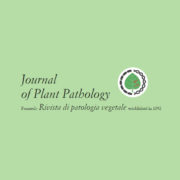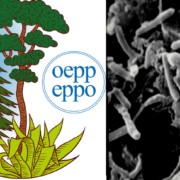Disease outbreaks caused by Xylella fastidiosa in Europe are due to multiple introductions
KEYNOTE PRESENTATION
C. Manceau
ANSES, 7 rue Jean Dixméras, 49044 Angers, France
Abstract
The xylem-limited bacterium Xylella fastidiosa is the causal agent of diseases on a large host range of plant. It has been observed in Americas since the XIXth century causing notably Pierce’s disease of grape in North America, citrus variegated chlorosis in South America and diseases on fruit trees, ornamentals and forest trees. X. fastidiosa has been a quarantine pest in Europe and the introduction of many plants into the European Union is regulated. Since 2012, several interceptions of X. fastidiosa-contaminated coffee plants were done in France and other EU member states. In 2013, the causal agent of the syndrome of quick decline of olive in Apulia was identified as X. fastidiosa subsp. pauca. In France, the first outbreak of a disease caused by X. fastidiosa was observed on July, the 22nd 2015 in Corsica on Polygala myrtifolia, a widely planted popular ornamental shrub. Since, X. fastidiosa was detected on more than twenty plant species in Corsica and along the south-East Mediterranean coast of France. Most of the strains isolated from Polygala myrtifolia were identified as X. fastidi- osa subsp. multiplex and were not related to X. fastidiosa subsp. pauca identified in Apulia. A genetic polymorphism was observed within these strains that supports the hypothesis of multiple introductions of X. fastidiosa in France.
Published on December, 2016 by JOURNAL OF PLANT PATHOLOGY









